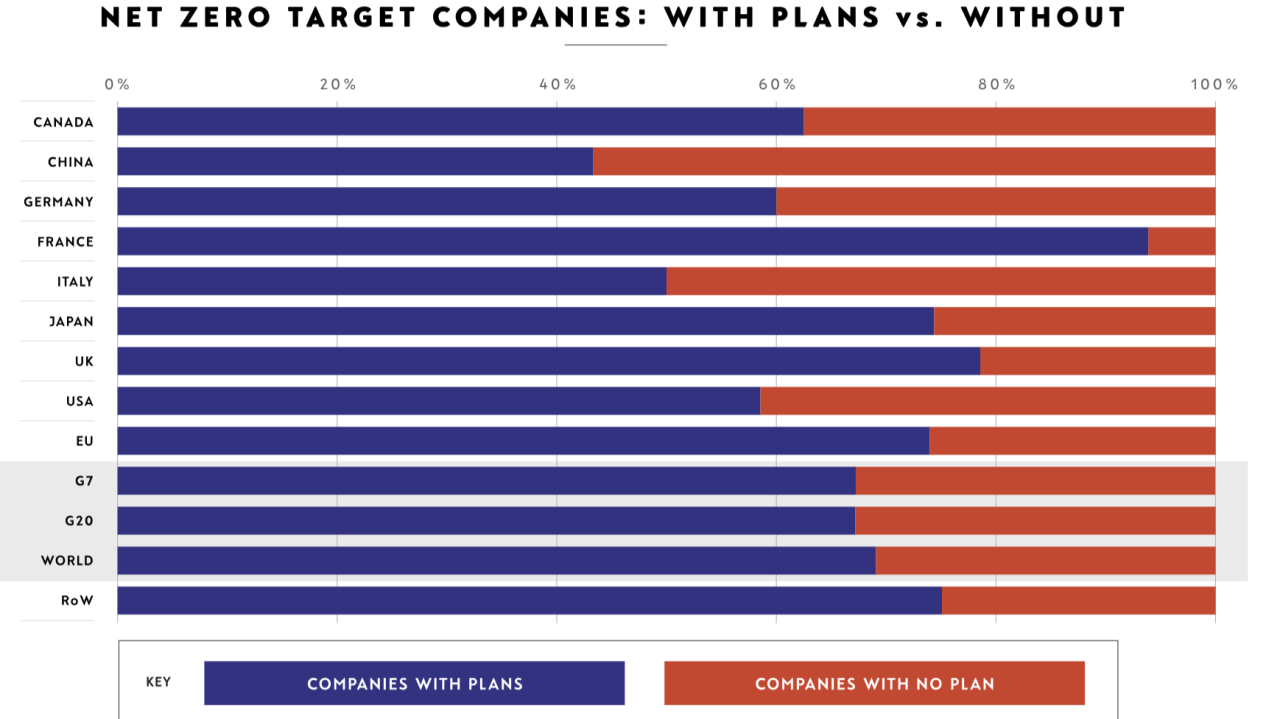
State of the UK Climate: How healthy is it?

Kirsty McCabe
Fellow of the Royal Meteorological Society
Discover how climate change is altering the UK’s weather conditions

How healthy is our climate? A quick glance at the headlines would suggest “not very”, with stories of extreme temperatures and devastating floods regularly dominating the headlines. But if you want to know what’s really going on, you need to look at a State of the Climate report.
These annual reports assess how hot or cold the previous year was, how much it rained, if there were more storms or any other significant weather events. They also explain how things are changing compared to previous years, allowing us to monitor our shifting climate.
State of the Climate reports are produced annually on global, continental and national levels. The 2023 State of the UK Climate report produced by the Met Office and published in the Royal Meteorological Society’s International Journal of Climatology is the tenth in the annual series.
The main message from the 2023 report is that climate change is making the UK both warmer and wetter, with more frequent extreme weather events and declining snow and frost occurrences.
Key findings
The UK’s climate continues to change. Recent decades have been warmer and wetter than the 20th century. Here are a few of the key findings from the 2023 State of the UK Climate report.
Warming up
For the UK, 2023 was the second warmest year on record in the series from 1884, with only 2022 being a warmer year. Overall, 2023 was 0.83°C above the 1991–2020 average and 1.66°C above the 1961–1990 average.
June 2023 was the hottest month of the year for the first time since 1966, and it was the hottest June on record by a large margin beating the previous record by nearly a degree. Eight of the twelve months of the year were warmer than average, though somewhat unusually, the warmest periods were in June and September, with July and August generally cooler and wetter.
The report also details how extremes of temperature in the UK have been affected much more than average temperatures. Meaning, the number of ‘hot’ days (daily maximum 28°C) has more than doubled and ‘very hot’ days (30°C) more than trebled for the most recent decade (2014-2023) compared with 1961-1990.
Another key climate indicator is the temperature of the sea’s surface near the coast. For the second successive year, 2023 was the warmest year for UK near-coast sea surface temperature in a series from 1870. A major North Atlantic marine heatwave was declared in mid-June, with the warm coastal waters contributing to the record-breaking heat recorded over UK land.

Changing temperatures also have an impact on wildlife. In 2023, hazel had its earliest flowering date in the series from 1999, influenced by mild winter temperatures. Early flowering has implications for wildlife as well as those of us with pollen allergies.
And for the first time on record, 30°C was recorded in September in the UK on seven consecutive days.
Less snow and more rain
Since the 1960s, snow events have declined significantly, with the few wintery cold spells of 2023 being relatively short-lived. The number of air frosts in 2023 was below the 1991–2020 average, while the number of ground frosts was the second lowest in the series from 1961.
There may have been less snow in the UK in 2023, but there was no shortage of rain.
The report highlights how 2023 was the seventh wettest year on record for the UK in the series from 1836, with 113% of the 1991-2020 average. March, July, October and December 2023 were all top-ten wettest months.
And while the wet March offset a dry February, and a wet July offset a dry June, overall, the second half of 2023 was wetter and more unsettled than the first half, with severe flooding in October. Contributing to this was a sequence of seven named storms from Agnes to Gerrit.
Data from the tide gauge at Newlyn, one of the longest available records around the UK, shows sea levels are rising, with 2023 being the highest year on record since 1916. Other sites around the UK also had their highest or second highest year on record.
Stormy horizons
The 2023–2024 storm season had its most active start with respect to the number of named storms since storm naming was introduced in 2015, with seven named storms (Agnes to Gerrit) from September to December in 2023.
Even so, overall 2023 was comparable in storminess with other years in recent decades in terms of occurrences of max gust speeds exceeding 40/50/60 Knots.
While climate change is expected to influence the frequency and intensity of extreme wind events and storms, the relationship between climate change and mean wind speeds in the UK is not straightforward.
The UK annual mean wind speed for 2023 was slightly below the 1991–2020 average, and the UK annual mean wind speed from 1969 to 2023 shows a downward trend, consistent with that observed globally. There are concerns that a warmer world will lead to a global “stilling” — a decline in the planet’s wind speeds. However, there is no conclusive evidence linking climate change to changes in mean wind speeds in the UK.

Significant weather events
The State of the UK climate report also takes a close look at the year’s significant weather events and the impacts they have on the environment.
In 2023, Scotland had its wettest 2-day period on record on 6–7 October in a daily series from 1891, with 217mm (121% of the 1991-2020 October average) of rain falling at Allt na Lairige, Argyll, near the head of Loch Fyne. The extreme rainfall was associated with an “atmospheric river” — a long narrow corridor of concentrated moisture in the atmosphere, almost like a river in the sky.
Storm Babet, which took place on 18 to 21 October 2023, brought the UK's most impactful weather event of the year. England and Wales combined had its third wettest 3-day period on record during this period in a daily series from 1891.
Then there were the winds from Storm Ciarán on 2 November, which had the potential to be as severe as the ‘Great Storm’ of 16 October 1987. The storm caused widespread flooding and damage with thousands of homes left without power, but the strongest winds were felt to the south of the UK.
The Channel Islands and northern France experienced the worst weather impacts from Storm Ciarán, with numerous fallen trees and significant damage to buildings. There was also a tornado and large hail that affected eastern parts of Jersey.
Annual extremes for the UK for 2023
The 2023 State of the UK Climate report shows that the UK experienced significant and record-breaking weather events. Climate attribution studies have shown that a year as warm as 2023 has been made around 150 times more likely due to human-induced climate change. And if our climate continues to warm, then the temperatures of 2023 could be exceeded more frequently in future.
Want to know more about the extreme weather events of 2023 and their impacts in the UK?
The Royal Meteorological Society is hosting a virtual event where authors from the annual State of the UK Climate report will discuss what the latest observations tell us about our changing climate, sea levels and storm surges, and how nature’s response is being monitored. The meeting falls on 16 October — the 37th anniversary of the Great Storm of 1987.

Kirsty McCabe
Share "State of the UK Climate: How healthy is it?" on
Latest Insights

Lights in the fog: Positive signals for sustainability investment
2nd October 2025 • Henry White
































